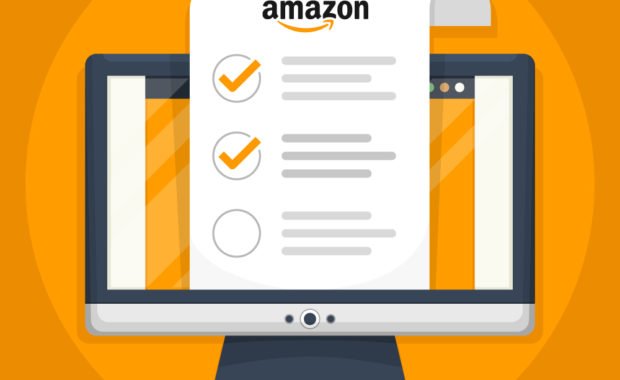In the ever-evolving landscape of e-commerce, success isn’t just about having a great product or a fantastic idea. It’s about understanding the digital world and harnessing its potential. This is where e-commerce digital agencies come into play.
This blog will dive deeply into how an ecommerce digital agency is the driving force behind transforming businesses from obscurity to online heroes.
Strategic Guidance: Crafting A Roadmap To Success
The journey to e-commerce success begins with a solid strategy, and digital agencies are experts in this realm. They embark on a collaborative journey with your business, delving deep to understand your unique selling propositions, target audience, and market trends. Armed with this knowledge, they craft a strategic roadmap as the foundation for your digital success.
This strategy encompasses everything from defining your brand’s voice and identity to outlining the key performance indicators (KPIs) that will measure success. It ensures that every digital effort aligns with your overarching business goals.
Web Design And Development: Building Your Digital Storefront
Your website is the digital equivalent of a brick-and-mortar store, and it must function flawlessly and leave a lasting impression. E-commerce digital agencies excel in creating aesthetically pleasing and user-friendly websites.
They understand the importance of responsive design, ensuring your website looks and works seamlessly on desktops, tablets, and mobile devices. User experience (UX) is paramount, with agencies optimizing navigation, load times, and checkout processes to reduce friction and increase conversions.
Moreover, they pay close attention to aesthetics, aligning your website’s design with your brand’s identity. A well-designed website builds trust, engages visitors, and encourages them to explore your offerings.
Digital Marketing Mastery: Attracting And Engaging Your Audience
Drawing traffic to your website is a science, and digital agencies are the mad scientists of the digital marketing world. They leverage a comprehensive suite of tools and tactics to ensure the right audience sees your brand.
Search Engine Optimization (SEO)
Agencies perform in-depth keyword research to optimize your website for search engines. This involves optimizing on-page elements, creating high-quality content, and building authoritative backlinks to boost search engine rankings.
Pay-Per-Click (PPC) Advertising
Through platforms like Google Ads and social media advertising, digital agencies create targeted ad campaigns. These ads appear to users actively searching for products or services, increasing the likelihood of conversion.
Content Marketing
Content is king in the digital realm. Agencies craft compelling blog posts, videos, infographics, and more to engage your audience and establish your brand as an authority in your niche.
Social Media Management
A solid social media presence is vital for connecting with your audience. Agencies develop and execute social media strategies, creating content calendars and managing interactions to foster community and brand loyalty.
Analytics And Optimization: Continuous Improvement
In the digital world, data is gold. E-commerce digital agencies meticulously track and analyse your online performance using tools like Google Analytics and marketing automation platforms.
They measure the effectiveness of various campaigns, analysing metrics such as website traffic, click-through rates, conversion rates, and customer behaviour. This data-driven approach allows them to identify what’s working and what’s not.
Once insights are gathered, digital agencies don’t rest on their laurels. They make data-driven adjustments to optimize your strategy. Whether tweaking ad copy, refining landing page design, or adjusting content strategies, every decision is backed by data to achieve better results.
Staying Ahead Of Trends: Keeping You Relevant
The digital landscape is in a constant state of flux. New technologies emerge consumer behaviors evolve, and market trends shift. Staying relevant in this ever-changing environment is challenging, but it’s where digital agencies genuinely shine.
Digital agencies are dedicated to staying at the forefront of digital trends. They continuously research emerging technologies, monitor shifts in consumer behavior, and adapt strategies accordingly. This proactive approach ensures your business remains competitive and resilient despite evolving digital landscapes.
The Bottom Line
Cultivating e-commerce success is a journey, and it’s one that’s best undertaken with experienced guides by your side. E-commerce digital agencies bring a wealth of knowledge, experience, and strategic thinking to help your business survive and thrive in the digital age.
So, to transform your business from an online novice to a digital hero, consider partnering with a trusted e-commerce digital agency. It could be your best decision on your online success path.
Read Also:






















